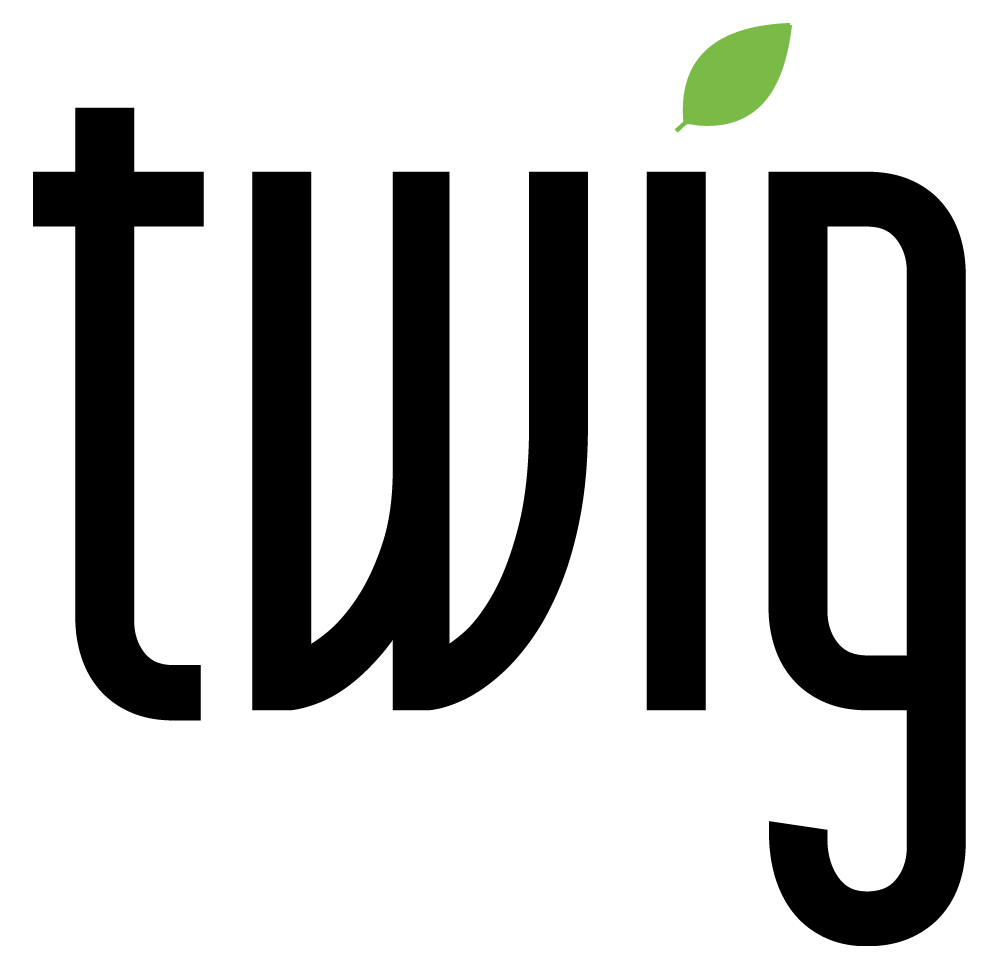What is going on with the websites people?
Monash has three fluffy donuts, a link to their strategic plan (gee thanks) and a sprinkling of boasts without a person in sight on their homepage. It’s like the web team want to replicate the emotional desert of a COVID campus experience without humans, leaving us with an online environment that fits the institution, not the user.
Uni Sydney has followed this theme, with pictures of empty cloisters, an empty stairwell and a rare sighting of a person on campus scurrying away up some stairs in a blur (oh and a couple of blokes and one woman doing science way down in the news zone).
Uni Melbourne and UNSW are going with achingly choreographed pictures of three diverse individuals gazing anywhere but the lens ahead.
Uni Queensland clearly didn’t get the Go8 memo and have a refreshingly young and not pretentious man daring to smile at the camera, but they just want to tell me to discover Queensland’s top MBA. Not the best MBA in Australia, or Australasia, or the Southern Hemisphere, no just the best MBA in Queensland. They did lure me into reading a piece on an on-line conference from 2020, though, which just made me wonder where all the content creators had been spending their time over the past 24 months.
I understand the concept of selling, ignoring the needs of 13 other groups of stakeholders and focusing the prime real estate of your website into a blatant retail grab, but while UQ researchers slave away to fight COVID, map brains and solve a bunch of the world’s problems, it’s perplexing to see world class achievements pushed aside to satisfy a recruitment whim.
COVID-19, (hereafter known as The Great Interruption To Our Comfortable Lives), was supposed to be the opportunity for reflection and resurrective strategising for the sector. Not just for marketers mind – for course convenors, lecturers, suddenly redundant casual tutors and even the besuited executives. While we were locked down in our tracksuits, secretly revelling in trips to the kitchen for coffee and chats with the kids during Zoom meetings, we were earnestly committed to a brave new future for the sector.
The pandemic had been an unanticipated interruption to the business-as-usual decade that preceded 2019, and we collectively resolved to find new paths, new markets, new ways of teaching and learning and even a new work-life balance.
Higher education institutions complemented themselves on their extraordinary adaptation to on-line marketing, made all the more voluble in the context of the deafening silence of the students and parents who were trying to work out how to navigate into the new lands of makeshift on-line engagement.
As LinkedIn notifications, the modern equivalent of church bells rang across the land in 2022, celebrating the return of international students, it felt a little like the end to of The Great Interruption and the beginning of something new.
Now was the chance to turn those good intentions into reality – to create a student experience that was richer than before, to abandon the paint-by-numbers domestic recruitment approach that has been stultifying students across the nation and to reimagine a better life for staff.
After a few green shoots of change, the rhythm of pre-COVID life seems to have settled like a stifling cloak across much of the sector. Mini crises have diverted attention away from the long game, the federal election promises a month or two of distraction and the peccadilloes of receipt misplacement, logo placements and open day committee governance suddenly seem to have obscured that shiny new horizon which appeared to beckon when our kitchen table workspaces were connected only in the ether.
The websites, of course, are just one element of higher education, but are they telling a message of opportunity lost? Will the lessons and inspirations of The Great Interruption be allowed to percolate to the surface later in the year?
Let’s not party like it’s 2019 – the rolling years of easy wins weren’t that great for everybody anyway. As you convene your open day meetings, take the opportunity to ask whether the event should even exist in its old form. As you struggle back to your commute, take a moment to wonder if your staff look at you as warmly as your dog did, when you worked from home. And as you see those poor, long-suffering students of the COVID era shuffle back into lecture theatres and tutorial rooms, anticipating a whole new education experience post-pandemic, give them a (virtual) hug from me.

